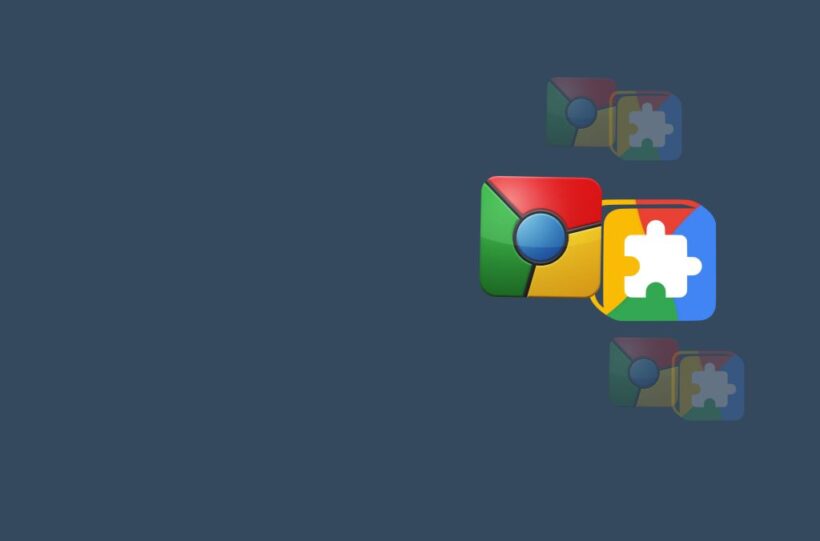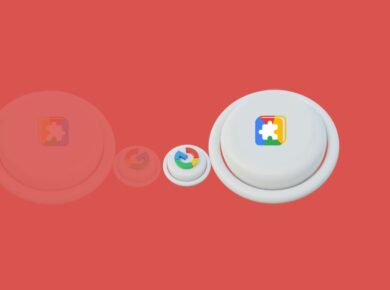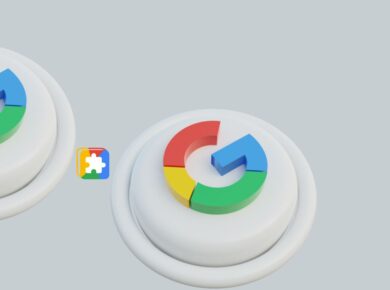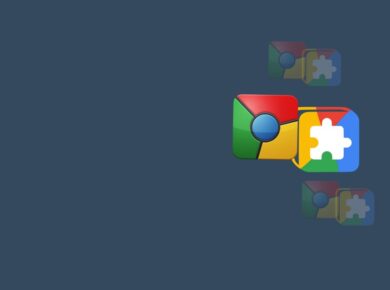CSS Flexbox, or simply “flexbox,” is a powerful CSS layout module that provides a more efficient way to create flexible and responsive web page layouts.
It offers a set of CSS properties that give developers control over the direction, alignment, sizing, and ordering of elements within a container, making it easier to build complex and dynamic layouts without relying heavily on floats or positioning.
How Flexbox Works
Flexbox treats a group of elements as flexible items within a flexible container. The container becomes a flex container, and its direct children become flex items. Flexbox then provides properties to control how these items are positioned, sized, and ordered within the container:
- Flex Direction: Specifies the main axis (horizontal or vertical) along which flex items are arranged.
- Justify Content: Controls the alignment of flex items along the main axis, allowing values like ‘flex-start’, ‘center’, or ‘space-between’.
- Align Items: Defines the alignment of flex items along the cross axis, with values like ‘flex-start’, ‘flex-end’, or ‘center’.
- Flex Wrap: Determines whether flex items should wrap to multiple lines if there isn’t enough room on one line.
- Flex Grow and Flex Shrink: Control how flex items expand or shrink to fill available space within the container.
Benefits of CSS Flexbox
Using CSS Flexbox offers several advantages:
- Flexible Layouts: Flexbox makes it easy to create dynamic and responsive layouts that adapt to varying screen sizes and device orientations.
- Simplified Centering: Flexbox provides a straightforward way to center elements both horizontally and vertically, eliminating the need for complex positioning hacks.
- Ordering and Reversing: Flexbox allows developers to easily reorder flex items or reverse their display order, enhancing layout flexibility.
- Space Distribution: Flexbox offers control over how space is distributed among flex items, allowing for even spacing or custom weight-based distribution.
- Responsive Design: Flexbox is inherently responsive, making it a valuable tool for creating layouts that gracefully adapt to different screen sizes.
Common CSS Flexbox Properties
Some commonly used CSS Flexbox properties include:
- display: flex: Applied to the container to enable flex behavior for its direct children.
- flex-direction: Specifies the main axis direction (row or column).
- justify-content: Controls the alignment of flex items along the main axis.
- align-items: Defines the alignment of flex items along the cross axis.
- flex-wrap: Determines whether flex items should wrap to multiple lines.
- flex-grow and flex-shrink: Control how flex items expand or shrink to fill available space.
Creating Layouts with Flexbox
To create a layout using Flexbox
- Define the Container: Set the ‘display’ property of the container element to ‘flex’.
- Specify Flex Properties: Apply flex properties to the container and its children to control their positioning, sizing, and ordering.
- Test and Refine: Experiment with different flex properties and values to achieve the desired layout, ensuring responsiveness and adaptability across devices.
Challenges and Considerations
While Flexbox offers powerful capabilities, there are considerations to keep in mind:
- Browser Support: While Flexbox has broad support, older browser versions may require vendor prefixes or lack support for certain features.
- Complex Nesting: Flexbox can handle complex layouts, but deeply nested flex containers can make the CSS code harder to read and maintain.
- Vertical Centering: While Flexbox simplifies horizontal and vertical centering, complex layouts with varying heights or dynamic content may require additional techniques.
- Learning Curve: Flexbox introduces a new set of properties and concepts, requiring developers to invest time in understanding and mastering its behavior.
CSS Flexbox is a game-changer for web layout design, providing a flexible and responsive approach to building web page layouts. With Flexbox, developers can easily create dynamic and adaptive designs, center elements, order and reverse items, and distribute space efficiently.
By leveraging the power of Flexbox, developers can build modern, mobile-friendly layouts that gracefully adapt to various screen sizes and devices, enhancing the user experience.



